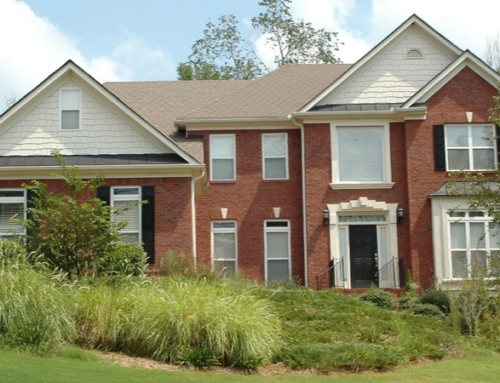Home buyers were the only ones cheering recently when the National Association of Realtors announced that existing homes sales fell 4.1 percent in July.
That decline was deeper than expected, and drove home sales to the lowest annualized rate since January 2004. The inventory of unsold homes on the market rose to 3.86 million units, the highest level since the spring of 1993.
In other words, if no additional homes were listed on the market, it would take 7.3 months to sell out the current inventory.
Higher interest rates aren’t helping. According to Freddie Mac, the national average commitment rate for a 30-year conventional fixed-rate mortgage was 6.76 percent in July, up from 6.68 percent in June. A year ago, the interest rate on a 30-year mortgage was just 5.7 percent.
A one percent rise in the interest rate cuts affordability substantially, particularly for first-time buyers.
“Many potential home buyers have been on the sidelines, some ‘kicking the tires,’ but mostly waiting for sellers to compromise on prices and terms,” said David Lereah, NAR’s chief economist.
As a result, home prices appear to be dropping in many parts of the country.
“Now sellers in many areas of the country are pricing to reflect current market realities,” Lereah added.
New home builders aren’t faring any better than existing home sellers.
“Housing demand has been weakening as affordability has deteriorated and investors and speculators have pulled out of the market, and builders are adjusting their production levels accordingly,” said NAHB chief economist David Seiders.
According to the National Association of Home Builders, new construction housing starts fell 2.5 percent in July. Toll Brothers, a company that builds expensive homes in moderately-sized subdivisions, announced this month that sales had dropped by nearly 50 percent. Other large publicly-traded home builders have also seen their sales nosedive.
To compensate, Seiders said builders have begun offering free upgrades and extras and even lowering the price of some properties in order to make them more appealing to home buyers.
Home sellers in slower markets, have begun to offer perks and extras, such as free cars, trips, and cash in order to entice buyers.
Which gives home buyers some leverage when it comes to negotiating for a house.
Before making an offer:
-Take a good look at the complete inventory of homes for sale in your neighborhood of choice: Although you don’t want to look too far above the maximum amount you want to spend for a house, you might ask your agent to show you homes that are more expensive but have been on the market for quite a while.
-Find a seller who is ready to deal: A seller who has had his property listed for 6 months, and who is paying two mortgages, might be more ready to make a deal than one who has just listed his home. If the two homes are about equal, make an offer for the home where the seller is desperate and anxious about selling.
-Don’t be afraid to make a lower initial bid. When operating in a hot seller’s market, a low initial bid can be a big turnoff. Today, many sellers are happy to get any sort of an offer, because it means they can at least start the negotiation process. While some sellers can still be offended by a super-low initial bid, most will come back with at least some counter-offer, which will give you a valuable club about what price they hope to get for their property.
-Understand that some sellers simply won’t take less, even if the home has been on the market for two years. A 2-bedroom, 2-bath condominium in Keystone, Co., has been listed for sale for more than 600 days. While the list price seems a bit high for what is being offered, the seller has clearly decided he is going to wait for his price.
-Keep your cool. Don’t show anyone, not even your agent, how excited you are about the possibility of owning a particular home. You want to keep your emotions under control, because that will give you the most leverage in closing the deal.






Leave A Comment